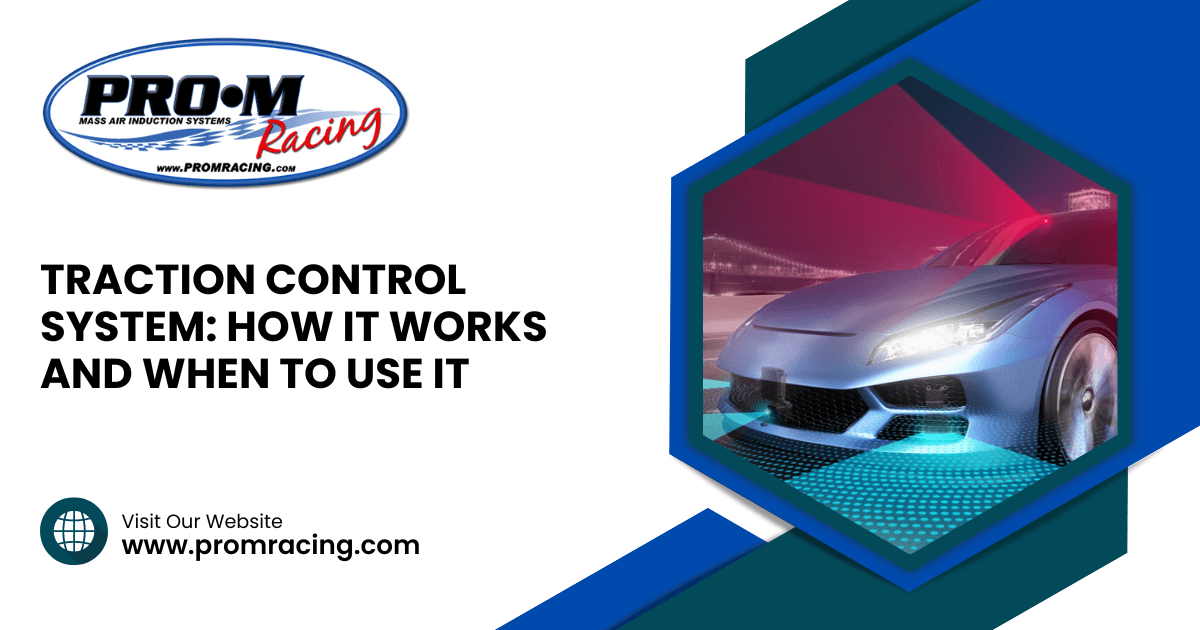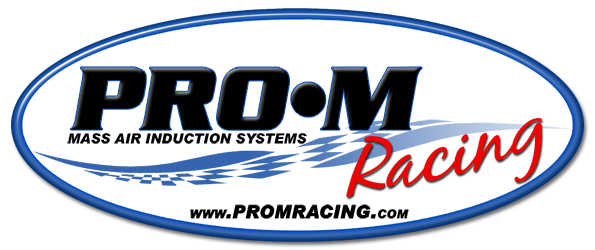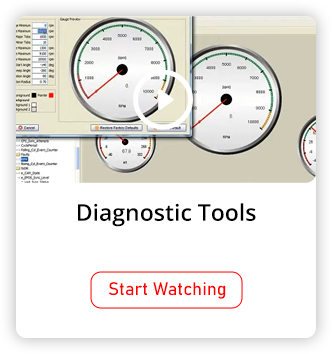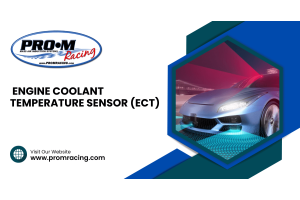Traction Control System: How It Works and When To Use It

-
Purpose: Traction control systems are designed to prevent wheel slip and loss of traction, helping drivers maintain control of their vehicles in various driving conditions.
-
Operation: Traction control systems use wheel speed sensors and other vehicle sensors to detect when a wheel is spinning faster than the others. They then intervene by applying brake force to the spinning wheel(s) and, in some cases, reducing engine power to regain traction.
-
Integration: Traction control systems are often integrated with other safety features such as stability control. This integration allows for more effective control of the vehicle's dynamics during cornering, acceleration, and braking.
-
Benefits: The primary benefit of traction control systems is improved safety. By preventing wheel slip, these systems help drivers maintain control of their vehicles, especially in slippery or low-traction conditions like snow, ice, or wet roads.
-
Effectiveness: Traction control systems have been shown to significantly reduce the risk of accidents caused by loss of traction. They are particularly effective in enhancing stability during acceleration and cornering.
-
Limitations: While traction control systems are highly effective, they may not completely eliminate wheel slip in all situations, especially in extreme conditions or when tires are severely worn. Additionally, some drivers may prefer to disable traction control in certain off-road driving scenarios where wheel slip is desirable for vehicle performance.
-
Maintenance: Traction control systems are typically integrated into a vehicle's electronic control unit (ECU) and do not require regular maintenance. However, it's essential to keep the system in good working condition by ensuring proper tire inflation, tire tread depth, and overall vehicle maintenance.
Traction control is a vehicle safety feature designed to prevent wheel slip and loss of traction during acceleration by modulating engine power and/or applying brake force to individual wheels. When a wheel loses traction, such as on slippery surfaces like ice, snow, or wet pavement, it tends to spin faster than the vehicle's speed, leading to reduced control and stability. Traction control systems detect this wheel spin using sensors and intervene to help regain traction and maintain vehicle stability.
The primary components of traction control systems include:
-
Wheel Speed Sensors: These sensors monitor the rotational speed of each wheel.
-
Electronic Control Unit (ECU): The ECU processes data from the wheel speed sensors and other vehicle sensors to determine if wheel slip is occurring.
-
Brake System: Traction control systems can apply brake force to individual wheels to prevent them from spinning excessively.
-
Throttle Control: In addition to brake intervention, some traction control systems can also reduce engine power by adjusting the throttle position to limit wheel spin.
By preventing wheel slip and maintaining traction, traction control enhances vehicle stability, especially during acceleration from a stop, cornering, or driving on slippery surfaces. It works in conjunction with other safety features such as stability control to help drivers maintain control of their vehicles in various driving conditions.
How Does Traction Control Work?
Traction control works by monitoring the rotational speed of each wheel and comparing it to the vehicle's speed, throttle position, and other factors. When the system detects that a wheel is spinning faster than the others, indicating loss of traction, it intervenes to help regain control of the vehicle. Here's a more detailed explanation of how traction control typically works:
-
Wheel Speed Sensors: Traction control systems rely on wheel speed sensors located at each wheel. These sensors detect the rotational speed of each wheel and send this information to the vehicle's electronic control unit (ECU).
-
Data Processing: The ECU continuously analyzes data from the wheel speed sensors along with other relevant inputs such as throttle position, vehicle speed, steering angle, and lateral acceleration. It compares the rotational speeds of the wheels to determine if any wheel is spinning faster than it should be given the current driving conditions.
-
Detection of Wheel Slip: If the system detects that a wheel is spinning faster than the others, it interprets this as wheel slip or loss of traction. This can occur, for example, when accelerating aggressively on a slippery surface or when one wheel encounters less traction than the others due to road conditions.
-
Brake Intervention: Once wheel slip is detected, the traction control system can intervene by applying brake force to the spinning wheel(s) individually. By applying brake force to the spinning wheel, the system transfers power to the wheels with better traction, helping to regain control.
-
Throttle Control: In addition to brake intervention, some traction control systems can also reduce engine power by adjusting the throttle position. By reducing engine power, the system helps prevent excessive wheel spin and aids in regaining traction.
-
Stability Control Integration: Many modern vehicles integrate traction control with stability control systems. Stability control uses similar sensors and intervention techniques to help prevent skidding and loss of control during cornering or sudden manoeuvres.
When To Use Traction Control
-
Slippery Conditions: Traction control is most beneficial on slippery surfaces such as snow, ice, or wet roads. In these conditions, it helps prevent wheel spin and loss of control, improving overall traction and stability.
-
Acceleration: When accelerating from a stop or while driving, traction control can help prevent wheel spin, especially in vehicles with powerful engines or when driving on low-traction surfaces.
-
Cornering: Traction control can assist during cornering by preventing excessive wheel spin that could lead to loss of control. This is particularly important when navigating tight turns or slippery road conditions.
-
Off-Road Driving: Traction control systems are beneficial for off-road driving, helping to maintain traction on uneven terrain, loose gravel, sand, mud, or other challenging surfaces.
-
Emergency Maneuvers: During sudden evasive manoeuvres or emergency braking, traction control can help stabilize the vehicle by preventing wheel slip and maintaining control.
What’s the Difference Between Traction and Stability Control?
-
Traction Control: Traction control is primarily focused on preventing wheel slip and loss of traction during acceleration. It works by detecting when one or more wheels are spinning faster than the others, indicating loss of traction, and then intervening to help regain traction. Traction control systems achieve this by modulating engine power and applying brake force to individual wheels as needed.
-
Stability Control: Stability control, also known as electronic stability control (ESC) or dynamic stability control (DSC), is designed to help prevent skidding and loss of control during cornering or sudden maneuvers. It works by monitoring various vehicle parameters such as steering angle, lateral acceleration, and yaw rate. If the system detects that the vehicle is starting to oversteer (rear end sliding out) or understeer (front end pushing wide), it can apply brake force to specific wheels and adjust engine power to help bring the vehicle back on course and maintain stability.
How To Fix the TCS Light
The TCS (Traction Control System) light illuminating on your vehicle's dashboard indicates that there may be an issue with the traction control system. Here are some steps to troubleshoot and potentially fix the TCS light:
-
Check for Loose Connections: Start by inspecting the connections and wiring related to the traction control system. Loose or damaged connections can sometimes trigger the TCS light. Ensure that all connections are secure and that there are no signs of damage to the wiring.
-
Inspect Wheel Speed Sensors: The TCS relies on wheel speed sensors to monitor the rotational speed of each wheel. If a sensor becomes dirty, damaged, or malfunctions, it can cause the TCS light to illuminate. Inspect each wheel speed sensor for any signs of damage, debris buildup, or corrosion. Clean or replace any sensors as necessary.
-
Check ABS System: The Traction Control System often shares components with the Anti-lock Braking System (ABS). Issues with the ABS system, such as a faulty ABS sensor or malfunctioning ABS module, can trigger the TCS light. Inspect the ABS system for any faults and address them accordingly.
-
Scan for Diagnostic Trouble Codes (DTCs): Use an OBD-II scanner to retrieve any diagnostic trouble codes (DTCs) stored in the vehicle's computer system. These codes can provide valuable information about the specific issue causing the TCS light to illuminate. Once you have the codes, consult a repair manual or professional mechanic to interpret them and determine the appropriate course of action.
-
Reset the System: In some cases, simply resetting the vehicle's computer system can resolve minor issues that trigger the TCS light. You can try disconnecting the vehicle's battery for a few minutes and then reconnecting it to see if the light resets. Keep in mind that resetting the system may also erase any stored DTCs, so be sure to retrieve them before resetting if possible.
-
Seek Professional Assistance: If you are unable to identify or resolve the issue on your own, it may be necessary to seek assistance from a qualified mechanic or dealership. They can perform a more thorough diagnosis of the TCS system and make any necessary repairs or replacements.
It's essential to address any issues with the Traction Control System promptly, as the system plays a crucial role in maintaining vehicle stability and safety, especially in challenging driving conditions.












